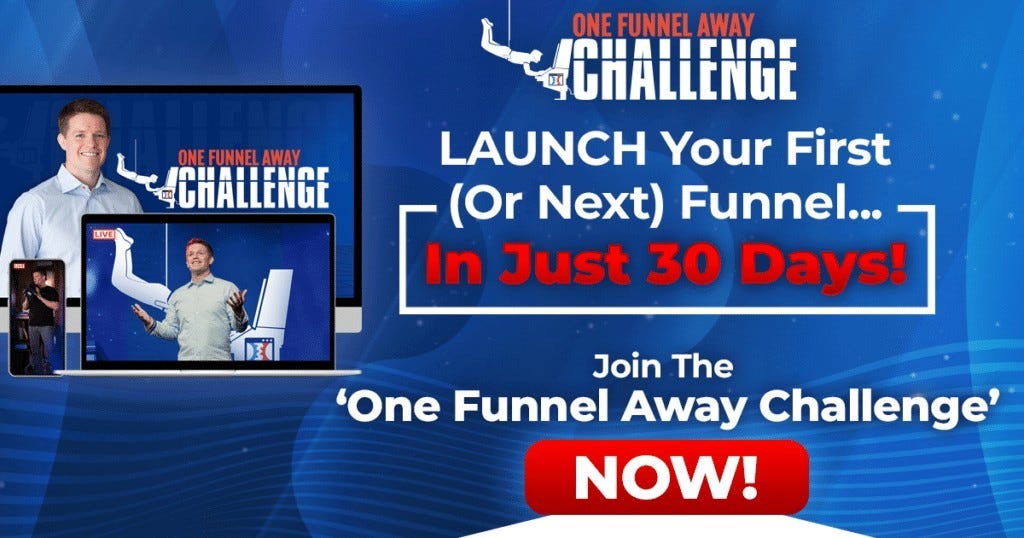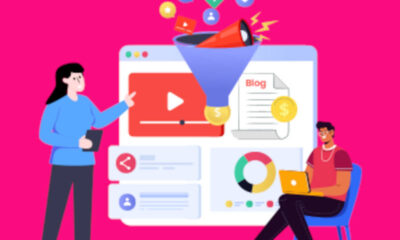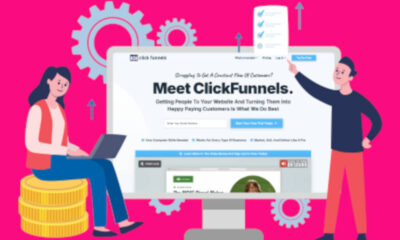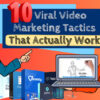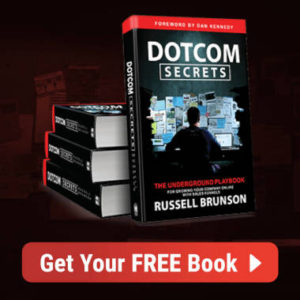Email Marketing
9 Essential Ecommerce Marketing Strategies For Your Business
In today’s world, online shopping has become the norm. To stay ahead in this competitive landscape, it’s crucial for brands like yours to leverage effective ecommerce marketing strategies.
But here’s the thing: unlike big e-commerce giants, small and medium-sized businesses often operate on limited budgets. That’s why it’s even more important to implement cost-efficient strategies that yield great results.
That’s where we come in. In this blog, we’ll dive deep into 9 practical and actionable e-commerce marketing techniques tailored specifically for small to medium enterprises.
Get ready to take your e-commerce business to new heights of success!
Strategy #1: Create a Sales Funnel
Imagine a real-world funnel, wide at the top and narrow at the bottom. Just like that, a sales funnel starts with a lot of visitors to your website, but only a fraction of them end up making a purchase.
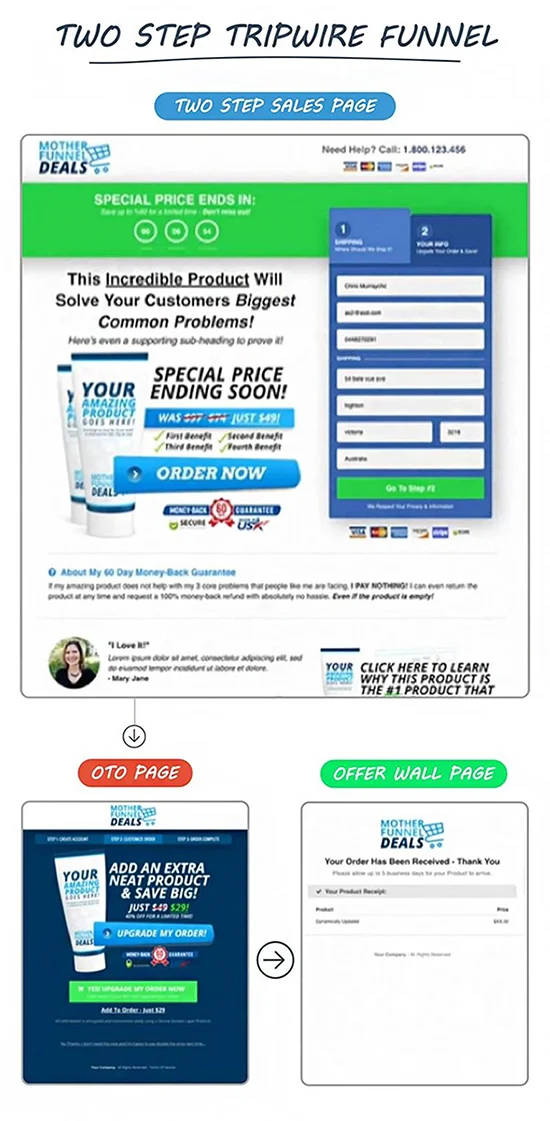
But here’s the good news: you have the power to guide your visitors through the funnel and maximize conversions.
One of the most effective and simple funnels to implement is a tripwire funnel. It’s designed to turn visitors into leads, and then into customers, in just a few steps.
So how does it work?
Step one: Offer something irresistible. For example, you can present a product at an incredibly low price or even for free for first-time customers. Alternatively, you can offer a free product and only charge for shipping.
Step two: Once a visitor takes advantage of the initial offer, present an additional product or a special deal to increase their order value. Since they’ve already committed to a purchase, the chances of upselling are higher at this point.
Sounds promising, right? But we understand that setting up pages and figuring out the right sequence can be daunting. That’s where ClickFunnels comes in.
With ClickFunnels, you don’t have to worry about the technical details. Simply choose a funnel template, customize your pages, and ClickFunnels will take care of the rest.
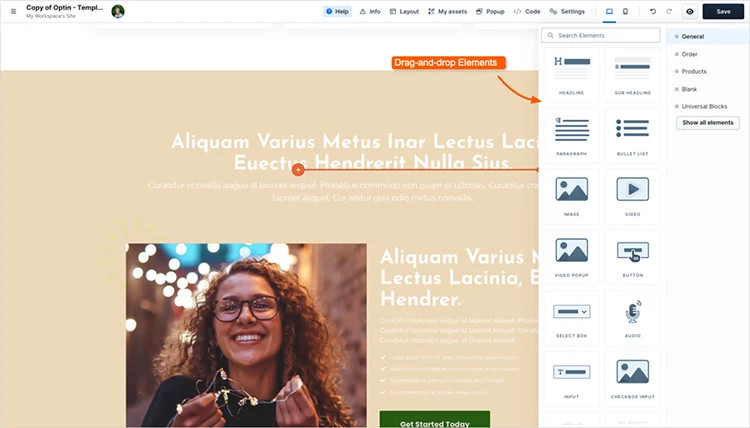
With ClickFunnels, you can:
Add one-click upsell pages, allowing customers to easily add more items to their cart with just one click.
Engage customers post-purchase with automated email responses, such as thank you notes, special offers, or reminders.
Ready to revolutionize your ecommerce marketing strategy? Let’s get started with ClickFunnels and take your business to new heights.
Strategy #2: Get Personal with Landing Pages
When you advertise a specific product or offer, grab your audience’s attention by sending them to a landing page dedicated to that item. This eliminates distractions and encourages immediate action.
Check out this ad:
Create a Landing Page Specific to Your Ads
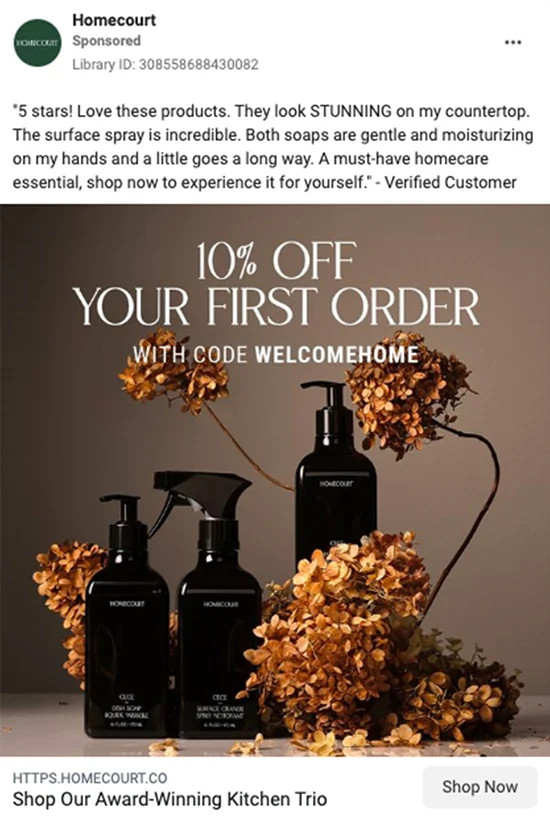
And here’s the landing page it led me to:
Here’s the landing page I went to when I clicked this ad
Why is this strategy so effective?
There are two main reasons:
No distractions: Unlike a full website with various links, a landing page is clean and focused. Visitors won’t get sidetracked by irrelevant information, increasing the chances of them taking action.
Easy tracking: Dedicated landing pages make it simple to track conversions related to specific ad campaigns. You can quickly see how effective your ads are and make adjustments in real time.
To create landing pages with ease and without any technical know-how, try using ClickFunnels templates. And if you’re a coding pro, you can customize things even further.
These templates have a sleek design and user-friendly navigation. You can personalize them using a drag-and-drop editor to match your brand, messaging, and offer.
Strategy #3: Collaborate with Influencers for Brand Exposure
Influencers on platforms like Instagram, YouTube, and TikTok have gained massive followings because people value their opinions and expertise. By partnering with these influencers, you can promote your product in a more organic way than traditional advertising.
Take a look at this example:
Partner With Influencers to Create Brand Awareness
In this post, they’re promoting Loop Earplugs for people with sensitivity to loud noises.
Influencers have dedicated audiences that trust their recommendations, making it easier for brands to reach potential customers. Most influencers also cater to specific niches, ensuring you target the right audience without wasting effort.
Here’s a step-by-step approach to influencer marketing:
Find the right influencers: Look for creators who align with your brand’s values and cater to the audience you want to reach. Consider their content, engagement rates, and audience feedback.
For example, if you’re promoting Athletic Greens, look for influencers interested in fitness and workouts.
Reach out with an email or direct message: Introduce yourself, express interest in collaboration, and explain why your product/service would resonate with their followers.
Here’s a template you can use:
Subject: Collaboration Interest with [Your Brand Name]
Hey [Influencer’s Name],
I’m [Your Name] from [Your Brand Name]. I love the energy and authenticity in your content! Would you be open to exploring a partnership? We think our [product/service] might resonate with your followers because [give reasons]. Let’s chat?
Best, [Your Name]
You can also create dedicated landing pages like Loop Earplugs or Athletic Greens to generate interest from influencers.
Set up a meeting: If interested, schedule a phone call or video meeting. Discuss what you offer and how it aligns with their audience. Highlight perks like compensation or free products they may receive as partners.
Lululemon does a great job emphasizing these benefits.
Build a lasting relationship: Focus on understanding their needs and offering value even before official collaborations begin. This approach helps create a strong and long-lasting partnership.
Discuss collaboration details: Talk about costs, content creation, timelines, and logistical details like shipping addresses.
Stay engaged post-collaboration: Interact with their posts online and offer periodic updates on new products or discounts. Maintain a connection to keep the partnership thriving.
By implementing these essential ecommerce marketing strategies, you’ll see your business thrive and reach new heights. Good luck!
Strategy #4: Create Content That Connects with Your Audience
Have you ever wondered why an ecommerce brand needs to invest in content creation? It’s simple – well-optimized blog posts and videos can attract organic traffic from search engines. And this traffic is valuable because it consists of potential customers actively seeking information about your products. Picture this: if someone searches for “specialty coffee” on Google, they might come across a blog post or video that catches their interest.
For example, let’s say I click on a link from Perk Coffee and find myself on their blog. In the process, I stumble upon a new coffee brand that I might consider buying from in the future or signing up for their newsletter.
The same could happen with your brand if you have great content that ranks well on Google. You could gain exposure and attract customers without spending a dime on ads. Plus, content can bridge the knowledge gap for potential customers who want to understand the utility, benefits, and features of your products.
Take Poopuri, for instance. They make and sell fragrant sprays for shoes, pets, and toilets. The brand publishes innovative, cheeky videos on their YouTube channel that portray relatable scenarios. By doing so, they normalize the conversation and position their products as the ideal solution.
Strategy #5: Engage Your Audience with Email Marketing
In the fast-paced digital world, email might seem old school, but for ecommerce brands, it remains a goldmine. Why? Because the people on your email list are already familiar with your brand. You just need to convert them into customers or repeat customers. And the best part? Email marketing is more effective than any other channel.
Here’s why:
Emails can be customized to individual preferences, making your offers feel exclusive and personal.
You have control over when to send emails, allowing for strategic promotions based on purchasing behaviors or special occasions.
Emails land directly in your subscribers’ inboxes, ensuring higher visibility and attention compared to crowded social feeds.
Most people check their emails daily, giving you a regular chance to catch their attention.
The success of email marketing for your ecommerce brand depends on growing your email list and keeping it engaged. The simplest way to grow your list is by adding an email signup form or pop-up on your website. You can incentivize visitors to sign up by offering discounts, free shipping, or even a lead magnet that is relevant to your audience’s interests. Don’t forget to leverage exclusivity if you offer limited-edition items.
Here are some additional ideas:
Ask for sign-ups at in-person events or pop-up shops.
Collaborate with complementary brands for joint promotions.
Run referral programs where customers get rewards for bringing in email subscribers.
By regularly sending engaging emails, you’ll keep your brand fresh in the minds of your subscribers, increasing the likelihood of them choosing your products when making a purchase.
Now that you know the power of email marketing, start implementing these strategies and watch your ecommerce business thrive!
Welcome Emails: Say hello to new subscribers or customers with a special offer that’s too good to resist.
Abandoned Cart Emails: Remind customers about those items they left behind in their cart and give them a gentle nudge to complete their purchase.
Educational Content: Don’t be pushy. Provide value to your subscribers by sharing helpful and interesting content that builds trust and leads to sales.
Promotional Emails: Let your customers know about your latest sales and promotions, so they don’t miss out on great deals.
Product Recommendations: Personalize your emails by suggesting products based on what your customers have shown interest in or bought before.
Restock Alerts: Keep customers informed when that out-of-stock item they wanted is available again.
Strategy #6: Create a Referral Program
Harness the power of word-of-mouth by rewarding customers for recommending your online store to their friends. Check out some great examples for inspiration.
Creative Incentives: Get creative with your referral program incentives. Consider using points systems, exclusive access to special items or sales, or even donating to charity for each referral made.
Pro Tips for Referral Programs: Make sure both sides benefit from the referral program, keep the rules simple and understandable, use clear and enticing language, and invest in referral tracking software to optimize your results.
Don’t let the thought of designing professional emails scare you, with ClickFunnels you can easily create standout emails without hiring expensive designers or technical staff. Start implementing these strategies today and watch your ecommerce business thrive!
Strategy #7: Stand Out on Social Media Platforms
Social media is a powerful tool for ecommerce, but you need to find fresh and actionable ways to capture attention. Remember, people go on social media to be entertained, inspired, or educated. So, here are some ideas for e-commerce brands to cater to those needs:
Entertain with brand-related memes that tie into current trends or pop culture.
Start a hashtag trend, like #ShoeFlipChallenge, for a footwear brand.
Engage your audience with playful polls about your next product release.
Inspire your audience with real stories and videos from satisfied customers.
Create mood boards and overlay motivational quotes on images of your products.
Educate your audience with quick tutorials or interesting facts about your products.
Provide industry tips and insights for your niche.
Remember, don’t overwhelm yourself by starting on all social media platforms at once. Choose 1-2 platforms based on where your target audience hangs out.
Strategy #8: Generate Buzz with Giveaways for Product Launches
Giveaways are a fantastic way to generate excitement and brand awareness for your new products. When done right, they can drive engagement and expand your reach. Here are some tips for executing a successful giveaway:
Define your objective – whether it’s gaining more followers, increasing brand awareness, or introducing a new product.
Keep the entry process simple but consider offering multiple ways to engage for better chances of winning.
Stay engaged with participants through comments, shares, and mentions.
Turn non-winners into customers by offering them limited-time discounts or special bundle deals.
Now, let’s dive into some giveaway ideas for you:
Themed Giveaway Kits: Bundle products around a specific theme, like a summer launch set.
User-Generated Content Contest: Encourage customers to share creative content featuring your product.
“Golden Ticket” in Product Packaging: Insert special prizes in select product packages.
Interactive Social Media Challenges: Create fun challenges for your audience on platforms like TikTok or Instagram.
Get ready to make a splash in the ecommerce world with these effective marketing strategies and exciting giveaways!
Strategy 9: Discover how quizzes can supercharge your lead generation efforts.
By simply asking users to provide their email address to see their quiz results, you can unlock a powerful tool for email marketing campaigns. Take a page from Good Pair Days, a wine company, who used a quiz to find the perfect wines for me based on my preferences and knowledge.
But quizzes aren’t just for generating leads. They also help create a personalized shopping experience and improve conversion rates. Skincare, fashion, and nutrition brands are using quizzes to understand their visitors’ needs and recommend suitable products. Imagine taking a hair quiz that tailors product recommendations based on your hair type, concerns, and preferences!
When users participate in quizzes, they provide valuable data that can shape your product offerings, marketing strategies, and ad campaigns. Here are some tips for creating your own quiz:
Make sure there’s a value proposition for users to complete the quiz, whether it’s a product recommendation, discount code, or just a fun insight.
Provide participants with their results promptly, either through email or a landing page tailored just for them.
Keep the quiz quick and engaging with 5-10 questions to maintain user interest while gaining valuable insights.
Opt for multiple-choice questions to streamline the quiz, simplify segmentation, and deliver precise product recommendations.
Use pictures to enhance understanding and engagement. For example, if you’re asking about a dog’s body, show illustrations for easy selection.
Determine your quiz’s objective. Are you aiming for product recommendations or understanding customer preferences?
Crafting a quiz for a headphone brand? Consider sound signature, comfort, portability, and use-case as key decision points to recommend the most suitable headphones. Remember, it’s the customer who is at the center of your e-commerce marketing plan. Think about how you can improve their experience and meet their preferences and aspirations.
Ready to boost your revenue? Try ClickFunnels 2.0 and see the difference it makes for your ecommerce brand.
>>>Join The One Funnel Away Challenge<<<


